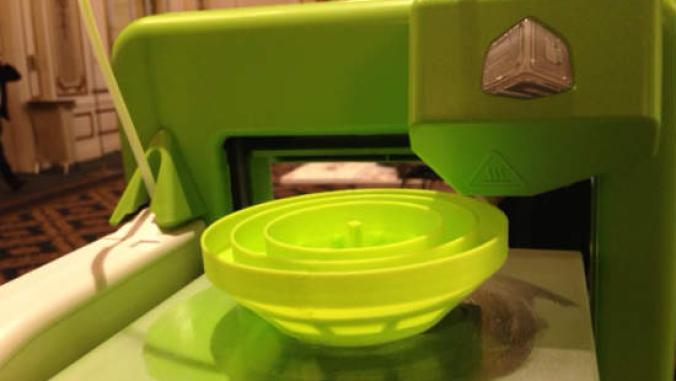Watt Stopper Redesigns Occupancy Sensors Using RoHS Standards
Watt Stopper/Legrand has taken it upon itself to develop occupancy sensors that meet the European Union's hazardous materials standards.

In an effort of comply with high environmental standards, even if it doesn't have to meet them, Watt Stopper/Legrand has redesigned most of its occupancy sensors to comply with the RoHS Directive.
"We've been doing sensors and lighting controls for about 25 years," said Joy Null, public relations director. "Our corporate culture is really about environmental measures."
The Reduction of Hazardous Substances Directive sets limits on the amount of lead, cadmium, mercury, hexavalent chromium and two flame retardants that can be in any new electrical and electronic equipment put on the market in the European Union.
"We're trying to adopt measures that will help up be more environmental," Null said. "We also think that it will come here (the U.S.) eventually."
The biggest design change for Watt Stopper was taking out some of the metals. A side benefit, Null said, is that the sensors are more recyclable. The company says that, since May, most of its occupancy sensors comply with RoHS, and include the CI-300, UT-300, and DT-300 series ceiling sensors; PW, UW and DW series wallbox sensors; and BZ-50 and BZ-150 power packs.
"We've been doing sensors and lighting controls for about 25 years," said Joy Null, public relations director. "Our corporate culture is really about environmental measures."
The Reduction of Hazardous Substances Directive sets limits on the amount of lead, cadmium, mercury, hexavalent chromium and two flame retardants that can be in any new electrical and electronic equipment put on the market in the European Union.
"We're trying to adopt measures that will help up be more environmental," Null said. "We also think that it will come here (the U.S.) eventually."
The biggest design change for Watt Stopper was taking out some of the metals. A side benefit, Null said, is that the sensors are more recyclable. The company says that, since May, most of its occupancy sensors comply with RoHS, and include the CI-300, UT-300, and DT-300 series ceiling sensors; PW, UW and DW series wallbox sensors; and BZ-50 and BZ-150 power packs.





